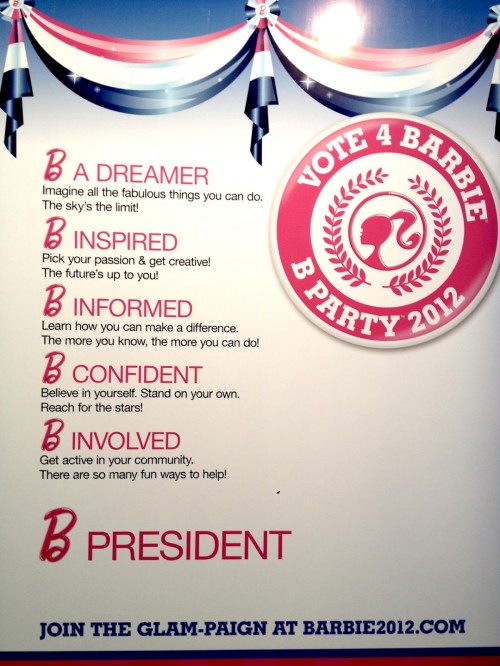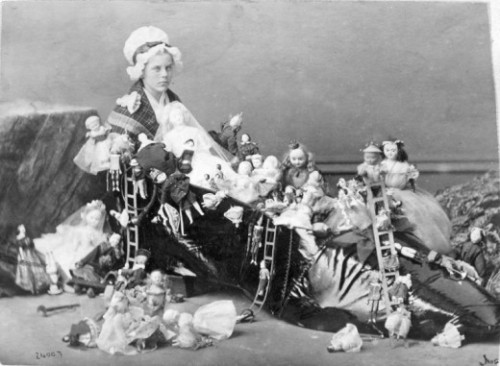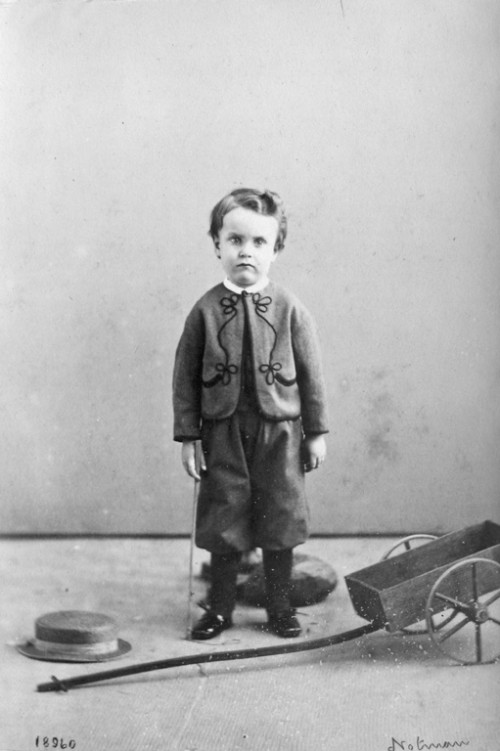Tenure!
Lisa Wade is celebrating the news that, come Fall, she will be a tenured professor at Occidental College! Now that she’s in the “golden handcuffs,” she can say all the stuff she’s been holding back on Twitter and Facebook. :)
New Course Guide:
- The Sociology of Sports, by J.A. Carter
New Pinterest Page:
Best of April:
Two of our posts received over 1,000 “likes” on Facebook this month:
- Lisa Wade, Fat People Can Be as Healthy as Thin People
- Wendy Christensen, Lost in Translation: Tattoos and Cultural Appropriation
Other popular posts in April include:
- Lisa Wade, Welcome to the State Home for the Manic Pixie Dream Girls
- Martin Hart-Landsberg, We Are Not All In It Together
- Jenny Davis, Trayvon Martin: The Mistake of the Progressive Left
- Gwen Sharp, The Harsh Realities of Juvenile Detention
- Lisa Wade, Manipulated Women and High Fashion
- Lisa Wade, Portraying and Pushing Female Competitiveness
- Gwen Sharp, Race, Representation, and Reactions to the Hunger Games
- Caroline Heldman, The Hunger Games, Hollywood, and Fighting Fuck Toys
- Lisa Wade, Class Privilege and Parental Leave
Social Media ‘n’ Stuff:
Finally, this is your monthly reminder that SocImages is on Twitter, Facebook, Google+, and Pinterest.
You can also follow Gwen’s great Twitter feed or find Lisa on both Twitter and Facebook (she just joined this month!).
Most of the rest of the team is on Twitter too: @familyunequal, @carolineheldman, @jaylivingston, and @wendyphd.
Links this Month:









